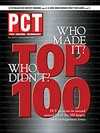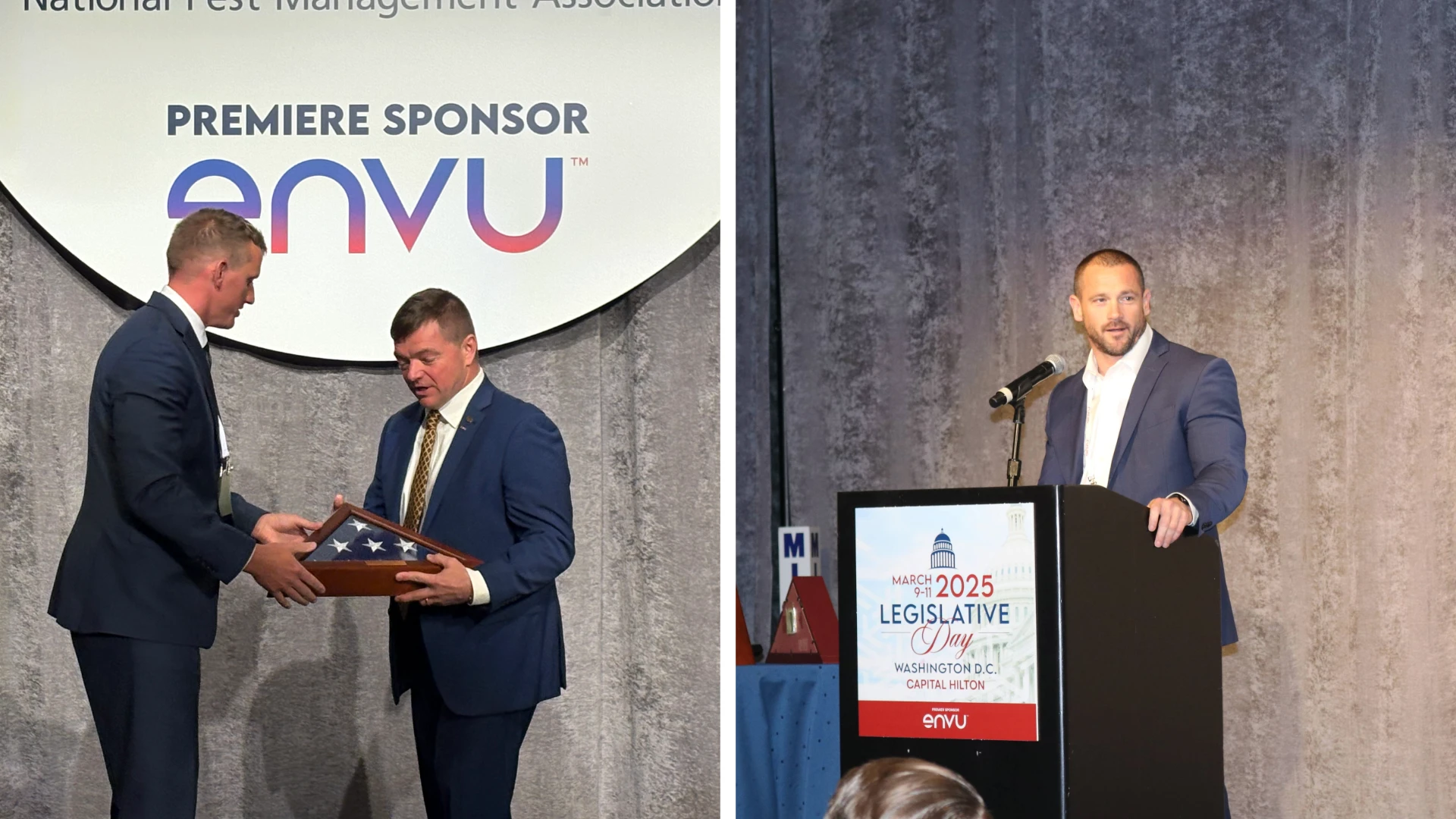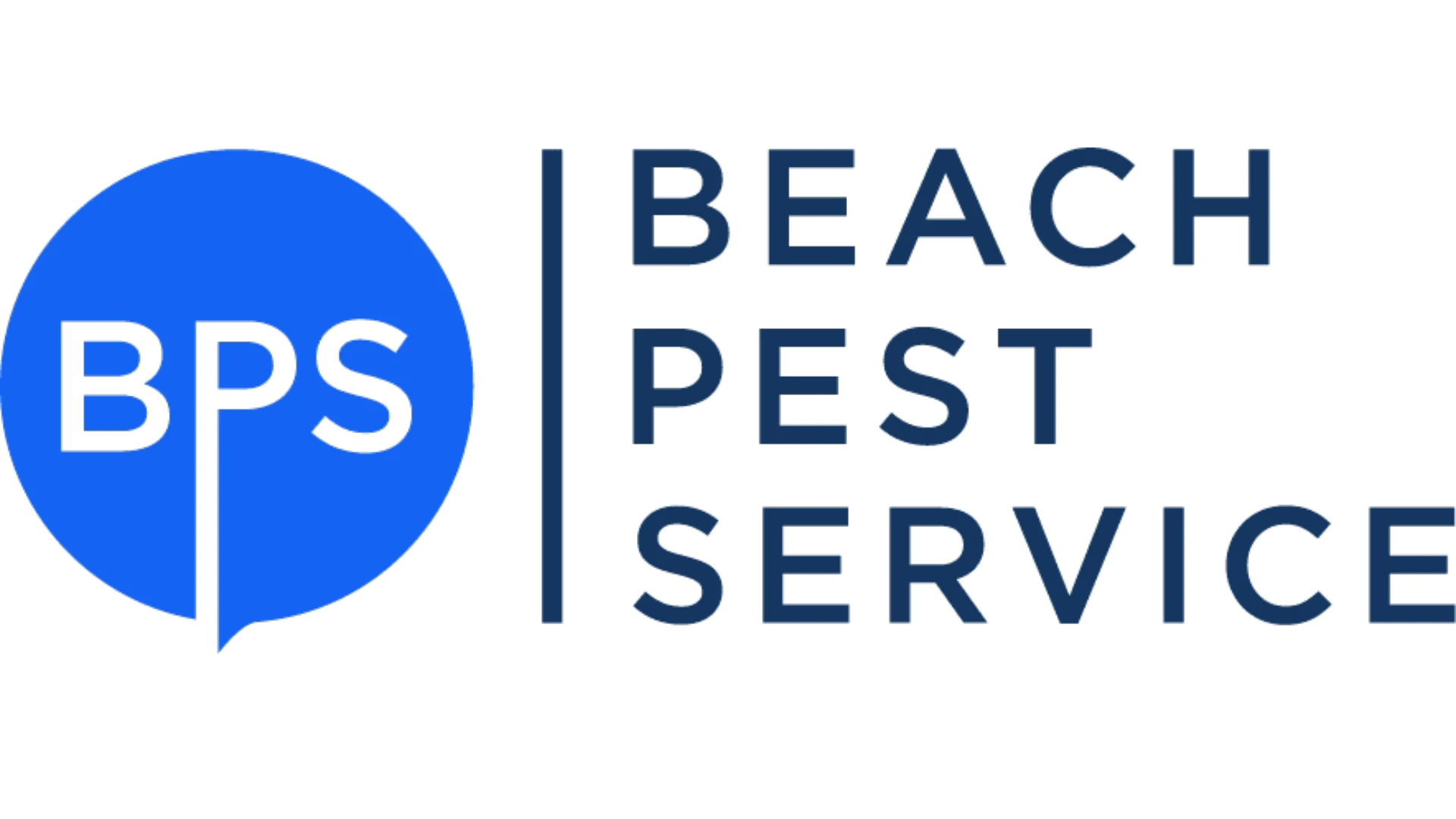Yogi Berra, renown for his perceptive insights, observed, "In theory there is no difference between theory and practice. In practice there is." That viewpoint is as true in the game of termite pest management as it is in baseball.
The value of any commercial termite control technique or product for rookie and veteran technicians depends on how well it works in practice — in the real world of soil conditions, structural design, climate and infestation history. But the real world also involves the characteristics of different termite species and their foraging habits, as well as their colony and population sizes and social biology. Long before the test of product performance in practice, theory establishes the concepts and insights that provide the foundation and inspiration for inventive technologies that are developed and refined through lots of trials (and errors) in both the lab and field tests. Evaluation and refinement in those realistic tests in the "minor leagues" yield commercialized products that are, in theory, good in practice.
The creative interplay of theory and practice has defined termite detection and control technology since the withdrawal of chlordane in the late 1980s. Researchers, pest management professionals and manufacturers have all contributed to advancing the design and implementation of novel approaches and materials, and significant progress has been made. The great Yankee catcher summed it up as "déja vu all over again." The industry is finally reaching a point of renewed confidence, the likes of which has not been seen since the era of chlordane. The assemblage of tools available for subterranean termite monitoring and control is diverse and increasingly effective, inspiring many firms that had reduced or abandoned the termite sector of their business to return with the conviction that they can offer customers a safe and reliable system of termite pest management.
As a final tribute to Yogi, we cite his classic comment on clairvoyance, "It’s tough to make predictions about the future." The one certainty is that things will continue to change and improve, and the teaming of theory and practice will be essential and productive in that process. In this article we describe how four key aspects of subterranean termite (genus Reticulitermes) biology are tightly linked to the design and efficacy of management techniques and how science can enhance development of effective technologies.
WHAT IS A COLONY? Researchers have an ongoing lively debate concerning the definition of a termite "colony." It’s not just semantics, and there are several reasons why there is sometimes no easy answer. Theory, in respect to this debate, seemingly has little to do with practice.
If there are termites in a treated house, it does not matter whether they came from the same colony, have made four or 400 trips between the nest and the structure, or are close or distant relatives. The fact is that there is a breach in structural protection and evidence of a failed or incomplete control treatment. Protection of the structure is the bottom line. If termite baits were deployed, the pattern of their placement, discovery and consumption might lead to strong bait use by one large colony while one or more smaller nearby colonies escape control by feeding elsewhere. Also, the bait concept assumes that toxicant will be consumed or contacted by some foragers and active ingredient will then be spread to other colony members through social food flow or trophallaxis (see discussion on page 100). Researchers presume that contact and food exchange will occur only or largely between termites from the same colony.
Recent molecular genetic evidence shows that some termite colonies are discrete, readily identified as nuclear families headed by either the original king and queen, by neotenic reproductives descended from that royal pair, or by a combination of the two. Other foraging groups, however, appear to have a more complex genetic structure, apparently originating from different reproductive centers. Researchers are still investigating these patterns, their relative frequency, and species, habitat, and geographic differences. In short, it is well established that two or more distinct families ("colonies") from the same or different species can feed on the same building at the same time.
The same is true in the natural forest habitats of termites: several distinct colonies may be located within a relatively small area. There is an important practical application of these findings: in order to protect a structure with a stand-alone bait, the placement of bait stations and the consumption of baits must coordinate to suppress termites in the vicinity of the building, no matter how many colonies are nesting in the area. Also, the partial elimination of colonies can lead to reinfestation by new ones. Whether using baits, a partial or complete soil drench, or a combination of techniques, independent monitors (termite food sources without pesticide) near the structure are a useful quality control tool to help detect continued or new termite activity. Monitors containing a preferred food source for termites and placed in close contact with soil are the most effective way to detect foraging activity, and can thus act as an early alert sentry that the structure may be at renewed risk.
SEARCHING FOR FOOD. Termite foraging behavior is critically important, but the cryptic foraging behavior of many economically important species has made it difficult to understand the mechanisms used to locate, select and recruit to food. Subterranean termites nest in the soil and construct tunnels and gallery systems in their search in three dimensions for food on the surface, but much research in this area has been restricted to laboratory studies that simplify foraging activity by analyzing the pattern and process of search in two dimensions. Studies have shown that tunnel building has a nonrandom geometric pattern that allows foragers to avoid the overlap of galleries and thus minimize redundant search.
For example, if Reticulitermes flavipes build a three-tunnel system, the branches are separated by approximately 120 degrees and if the system has four branches, they are separated by 90 degrees. How colonies and workers "measure" the construction angles is not known, but the overall shape of the foraging tunnel system could save time and energy in locating food.
Once food is located, termites are able to determine its quality and recruit nestmates accordingly. Food preferences have been shown in most termite species, and strongly influence both recruitment and consumption. What is ultimately measured as "food preference" may involve a number of factors. Some food sources may be "attractive" in the sense that they orient ter-mites to a bait station, or they may have "arrestant" properties that cause them to remain at a bait for a relatively long time. The composition of foods may be important, too, and feeding stimulants may be responsible for observed food choices.
All of these factors will affect the level of recruitment to a bait and its consumption. Thus, in termite baiting, the collection and distribution of active will depend to a great extent on the appeal of the bait matrix itself. Some bait and monitoring products have been designed with food preference in mind.
ALLOGROOMING/TROPHALLAXIS. Two types of social interactions between termites, grooming and trophallaxis, are critical to the effective action of soil-drench termiticides and baits. Researchers presume that allogrooming (grooming of termites by one another) and trophallaxis occur only or at least largely between in-dividuals from the same colony, although some studies suggest that these behaviors may not represent social boundaries. Both of these behaviors can translocate active and deliver toxicants indirectly to nestmates.
During mutual grooming, the mouthparts are used to remove foreign particles, such as fungal spores and other potential pathogens from the cuticle of nestmates. This social behavior is more significant in maintaining colony hygiene than self-grooming. Grooming a nestmate can lead to the ingestion of materials on the surface of the body and toxicant can be transferred through close physical contact. Together with trophallaxis, the exchange of digestive tract contents between colony members, there are two social avenues that can be exploited to benefit termite control.
Whether a toxicant is contacted while tunneling in the soil or is consumed in a bait, the active ingredient can be spread indirectly to nestmates. Successful control by baiting is thought to depend upon the number of for-aging termites collecting food, the bait consumption rate of individual foragers, and the secondary transfer of toxicant to others.
STRATEGIZING A GAME PLAN. Every tree, dog, and human is different from all the others in its species, so it’s not surprising that termite colonies are also unique. Even within a species, colonies vary in size, age, reproductive status, caste composition, health and history. They each live with different constraints and opportunities as a result of their particular habitat, food options, and suite of competitors, pathogens and predators. The game of preventing, detecting and controlling subterranean termites is therefore different in every "ball park." Winning the game means protecting the structure.
The best way to win without going into extra innings (that is, having callbacks) is to have informed technicians who understand the strengths of their management tools, construction and site characteristics of the structure, as well as the biology of the opponent, "team termite." Managers must select the tools and identify a process that the technicians will follow, approaching treatment designs and applications just like a coach strategizes how to best use his players’ talents to take advantage of the other team’s weaknesses. Not every game plan will work in every circumstance, but there are now an increasing number of useful and effective tools for the playbook, so out-maneuvering the termite squad is putting fans back in the stands.
All photos are © Barbara L. Thorne.
Dr. Barbara Thorne is a professor in the Department of Entomology, University of Maryland, College Park. Dr. James Traniello is a professor in the Department of Biology at Boston University. Thorne can be reached at bthorne@pctonline.com.

Explore the May 2003 Issue
Check out more from this issue and find your next story to read.
Latest from Pest Control Technology
- Understanding Rodents and Bird Flu
- Green Pest Solutions Awards Safest Driver New 2025 Ford F150
- UF/IFAS Sheds Light on Tiny Invaders During Termite Awareness Week
- Registration Open for Lawn & Landscape Technology Conference
- Fleetio Launches Automotive Service Excellence Scholarship
- WorkWave Appoints John Phelan as CTO
- PMPs Use Capitol Hill Visits to Push for Preemption
- 20 Trapping Tips





